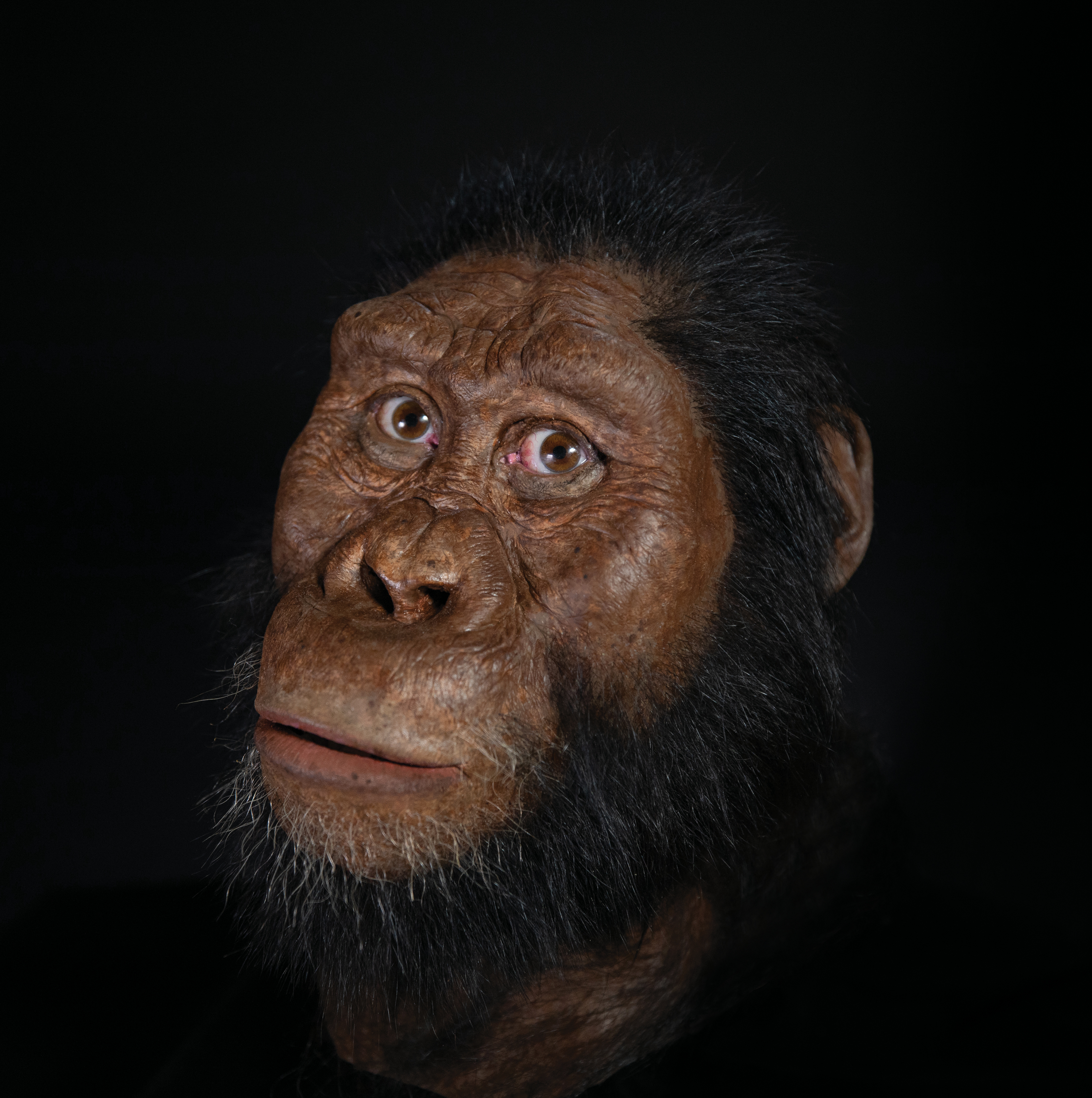In February 2016, Yohannes Haile-Selassie and an international team of anthropologists found the near-complete skull of an early hominin in the dusty Godaya Valley of Woranso-Mille, Ethiopia. Reporting their findings in two papers (here and here) published in the journal Nature, the researchers show the skull dates back some 3.8 million years and belonged to an Australopithecus anamensis, one of the earliest known Australopithecus species that are related to modern humans.
Part of the excitement around the specimen is its remarkable condition. Until now, A. anamensis was known from a sprinkling of jawbones, chipped teeth, and a few shattered limb bones. Now that researchers have a near-complete skull of this distant cousin, they can start to piece together what this distant cousin actually looked like using digital technology.
“This specimen is the first to give us a glimpse of what Australopithecus anamensis really looked like,” Yohannes Haile-Selassie, head of Physical Anthropology at The Cleveland Museum of Natural History, said in a conference call on Tuesday.
“[It shows] early human ancestors were very ‘primitive’ until the genus Homo arrived,” he added. “They still have ape-like faces and an ape-like cranial morphology.”
The skull is believed to have been an adult male (despite its small size) and lived in dry shrubland, but spent some time in grassland, wetland, and riverside forests.
Australopithecus is a genus of early bipedal hominin that roamed Earth as far back as 4 million years ago. Their name is a Latin and Roman mash-up that means “southern ape”, although they are known to have lived through odd spots across southern, eastern, and north-central Africa until they went extinct some 2 million years ago.
Their extinction, however, was just the beginning of the story. The Australopithecus species played a significant part in human evolution, with the genus Homo (as in, Homo sapien) emerging from Australopithecus some time after 3 million years ago.
Their extinction, however, was just the beginning of the story. The Australopithecus species played a significant part in human evolution, with the genus Homo (as in, Homo sapien) emerging from Australopithecus some time after 3 million years ago.
Our understanding of this new skull is now challenging a lot of old assumptions of this mysterious ancestor. One of the best-known members of this genus is Australopithecus afarensis, represented by the famous “Lucy” fossil. Contrary to previous research, this skull suggests that A. anamensis and A. afarensis actually differed quite a bit in appearance.
It was also once pondered that A. anamensis led the way for A. afarensis in a single evolving lineage. However, the dating of this specimen suggests the two species overlapped for at least 100,000 years. Like most chapters in the story of human evolution, the path is not a simple linear line. Instead, just as this skull further highlights, it’s actually a criss-cross of paths with overlaps and dead-ends.
“This cranium looks set to become another celebrated icon of human evolution,” writes Fred Spoor, a professor of human evolutionary anatomy at UCL in the UK who was not directly involved in this study, in an accompanying article.
“Its discovery will substantially affect our thinking on the origin of the genus Australopithecus specifically, and on the evolutionary family tree of early hominins more broadly,” he added.
Source Link: Face Of Ancient Human Ancestor Revealed By 3.8-Million-Year-Old Skull
